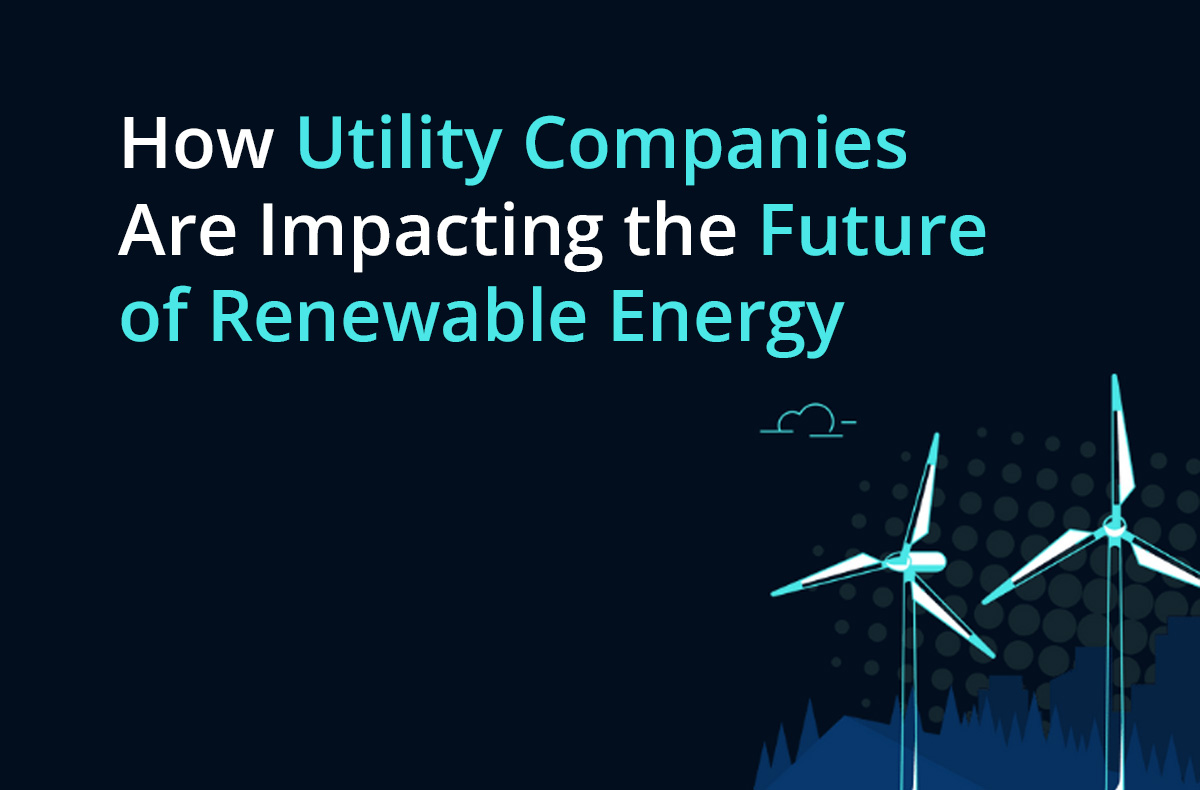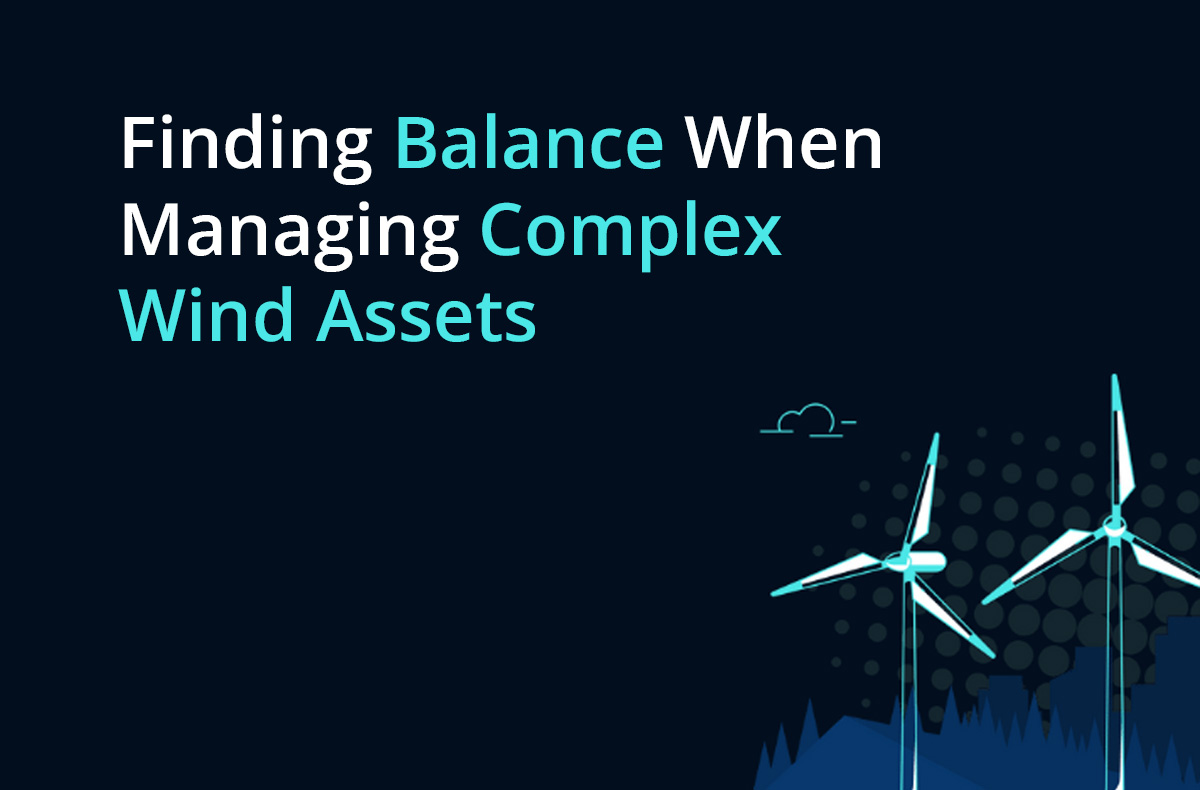There’s so much more to turbine condition monitoring than vibration measurements. As wind turbine design and monitoring technology evolves, the potential to collect more data to predict faults is increasing.
To discuss the extent of condition monitoring of wind turbines in today’s industry, we welcomed Michael Stone, Senior Manager of Reliability Engineering at RWE Clean Energy, to the podcast.
We discuss Michael’s career, his thoughts on failure detection, how technology can help solve some of the issues in the industry, and the challenges of maintenance.
Keep reading for some top takeaways from the episode or tune in to the podcast below.
How the wind industry differs from other sectors
In Michael’s role, he is responsible for managing the condition monitoring group at RWE Clean Energy. That means analyzing a lot of data from turbines, mostly vibration data, but also includes monitoring aspects like debris, oil condition, temperature data, and more.
All of this information pieces together a picture of the health of a turbine, which helps the asset management team make maintenance decisions more efficiently.
As someone coming from the automotive drivetrain industry, Michael had a steep learning curve when he joined the wind industry. Using the oil and gas industry as an example, he highlighted some key ways that wind energy differs when it comes to vibration monitoring. In oil and gas, there’s constant power, load, and speed to look at, and so monitoring vibrations is fairly straightforward.
However, as rotation speeds are slower in wind assets, and because rotors have become bigger and slower, it’s much harder to monitor with standard accelerometer technology.
That’s why relying solely on vibration monitoring will only tell you so much. The industry also needs to look at velocity and displacement sensors, which can detect frequencies that show up in bearings.
The top challenges in the industry
For Michael, one of the pressing challenges in the wind industry is the drive toward bigger and bigger turbines.
While investors and manufacturers want to maximize output, this spells more problems on the maintenance side. Larger turbines are more likely to experience what Michael and his team call “fast-moving failures.” These are failures that go from detection to shut down within a couple of days or even hours.
As we move toward bigger turbines and blades, failure modes are becoming more unpredictable, and failures are occurring much more suddenly than before. This means that a typical six-month drone inspection doesn’t always capture everything, at least at the ideal time to fix an issue.
Technology has been essential for teams like Michael’s to help detect and even predict faults to keep assets up and running. One type of technology that Michael would like to see more of is blade condition monitoring systems.
The importance of leveraging data
Beyond vibration and blade monitoring, other things Michael’s team looks at include electrical faults, wiring failures, and gearbox problems, to name a few. By monitoring multiple components, it means more data is collected, which can help to inform maintenance decisions later on.
In Michael’s words, “We have terabytes and terabytes worth of data almost daily coming from these turbines. How do we best leverage that data to get the most information that we can, and the most value out of it that we can?”
Prescriptive vs. predictive maintenance
The wind industry and technology are evolving fast, and in some ways, too fast. Michael believes the industry is not quite ready to deal with issues such as journal-bearing faults.
This is a case where we may have to move into prescriptive maintenance rather than just predictive.
Michael defines predictive maintenance as detecting things as far up the PF curve as you can. So, a failure will already be taking place, it’s just about detecting it early.
With prescriptive maintenance, it’s all about removing the conditions conducive to failure in the first place — for example, monitoring parts’ lubrication, grease, or oil levels to ensure bearings are working as expected.
The trouble with loading
According to Michael, one of the biggest issues right now is that many in the industry don’t understand the details around drivetrain loading. There’s a lot of dynamic loading that the industry doesn’t know how to model properly, which can be seen in the large number of component failures of main bearings.
Again, Michael highlights that this is another issue with bigger turbines. If the industry doesn’t fully understand the loading or what type of loads the turbine is facing, it makes it harder to predict faults.
Michael also believes that some technology is over-designed. Equipment such as foundations, towers, bed plates, and so on could potentially be manufactured smaller and more efficiently if we better understood the loading.
However, the industry is on a path to de-risk energy and value loss by making turbines bigger.
A solution for the wind industry is to increase understanding of maintenance with holistic data. With the right data, we can begin to understand loading issues, which could then influence better turbine designs in the future. The industry wouldn’t have to compensate so much by making the turbines bigger — instead, they could be designed more efficiently to improve output and, ultimately, value.



